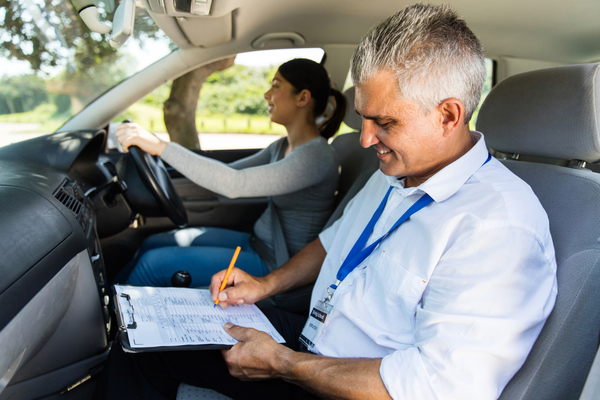When it comes to learning to drive, choosing the right instructor is critical to your success on test day and beyond.
So, what should you insist on when choosing a driving instructor?
Certification
The instructor that you choose should have:
- NSW driving instructor’s licence
- Certificate IV Road Transport & Logistics (Car Driving Instruction)
- NSW Working With Children Check
Insurance
To ensure that you aren’t liable should something go wrong, your instructor should have:
- Comprehensive motor vehicle insurance specifically covering driving instruction
- Public liability insurance
- Professional indemnity insurance
Vehicle
- Small to medium vehicles are most practical for learning
- The training vehicle should be less than four years old
Tuition
- Your instructor should follow a curriculum and not teach ad hoc
- Most of your lesson time should be spent on practice and skills development, not new skills
Teaching skills
Your driving instructor should:
- Be professional, polite and on time
- Be supportive
- Give honest, professional feedback, you need to know where you are up to.
- Care about the kind of driver you will be on your P’s
LTrent Specialist Trainer’s are the most qualified in the industry because we are Australia’s leading educator of driver trainers. Why 300,000 Students Chose LTrent.
We guarantee that with Trent, you will experience the best level of training and service in Australia. We are so confident in our trainers that at the end of your lesson, if you don’t believe that you’ve received the best level of service and training, we’ll we refund your money.





